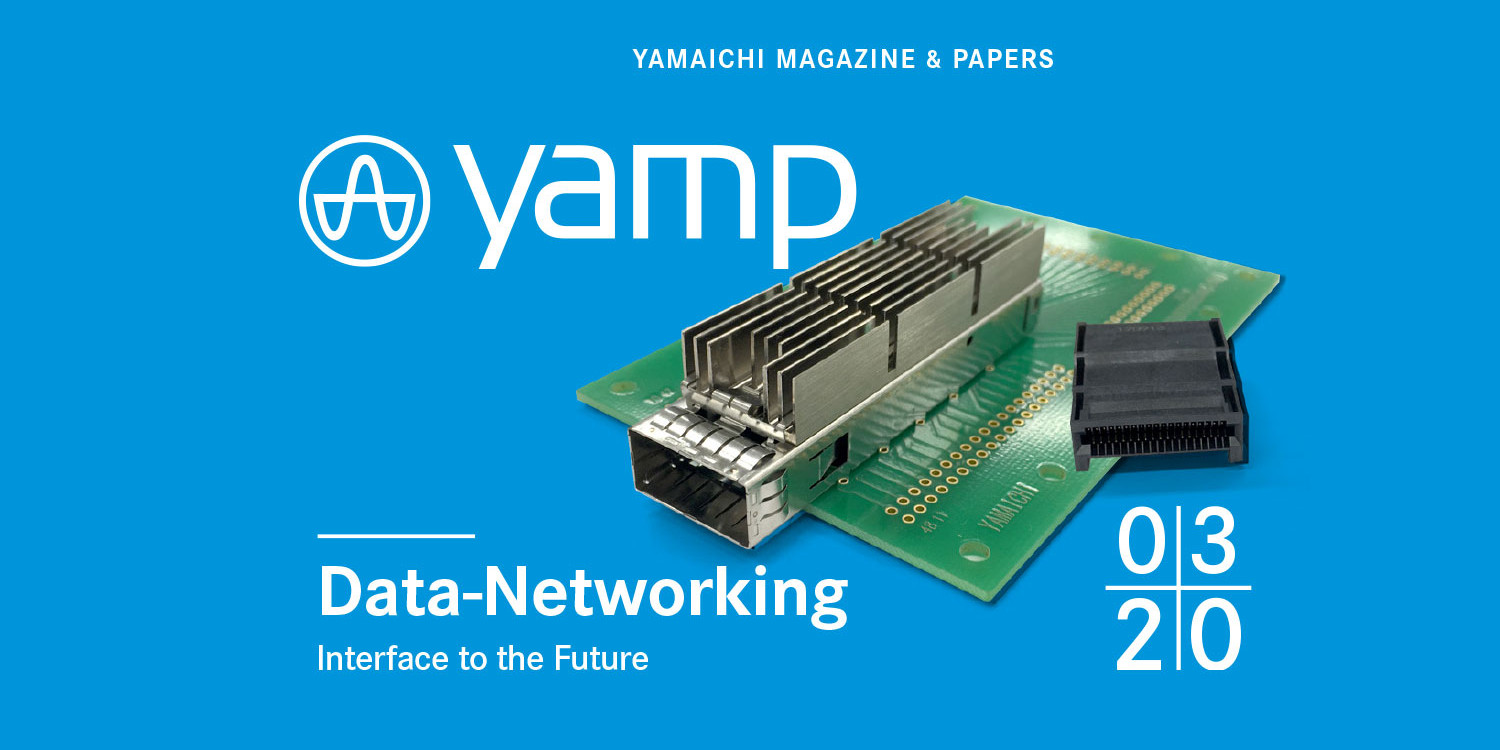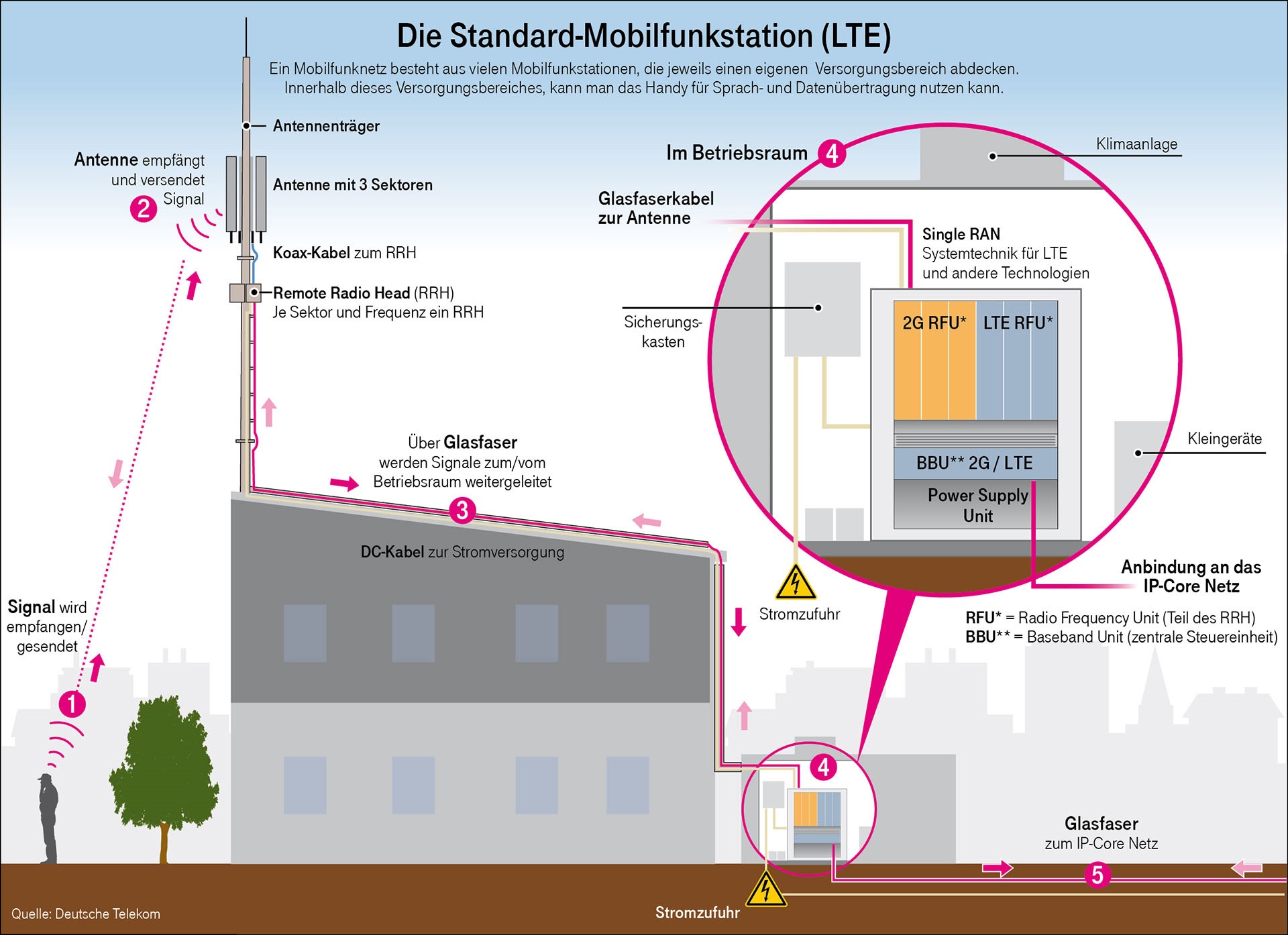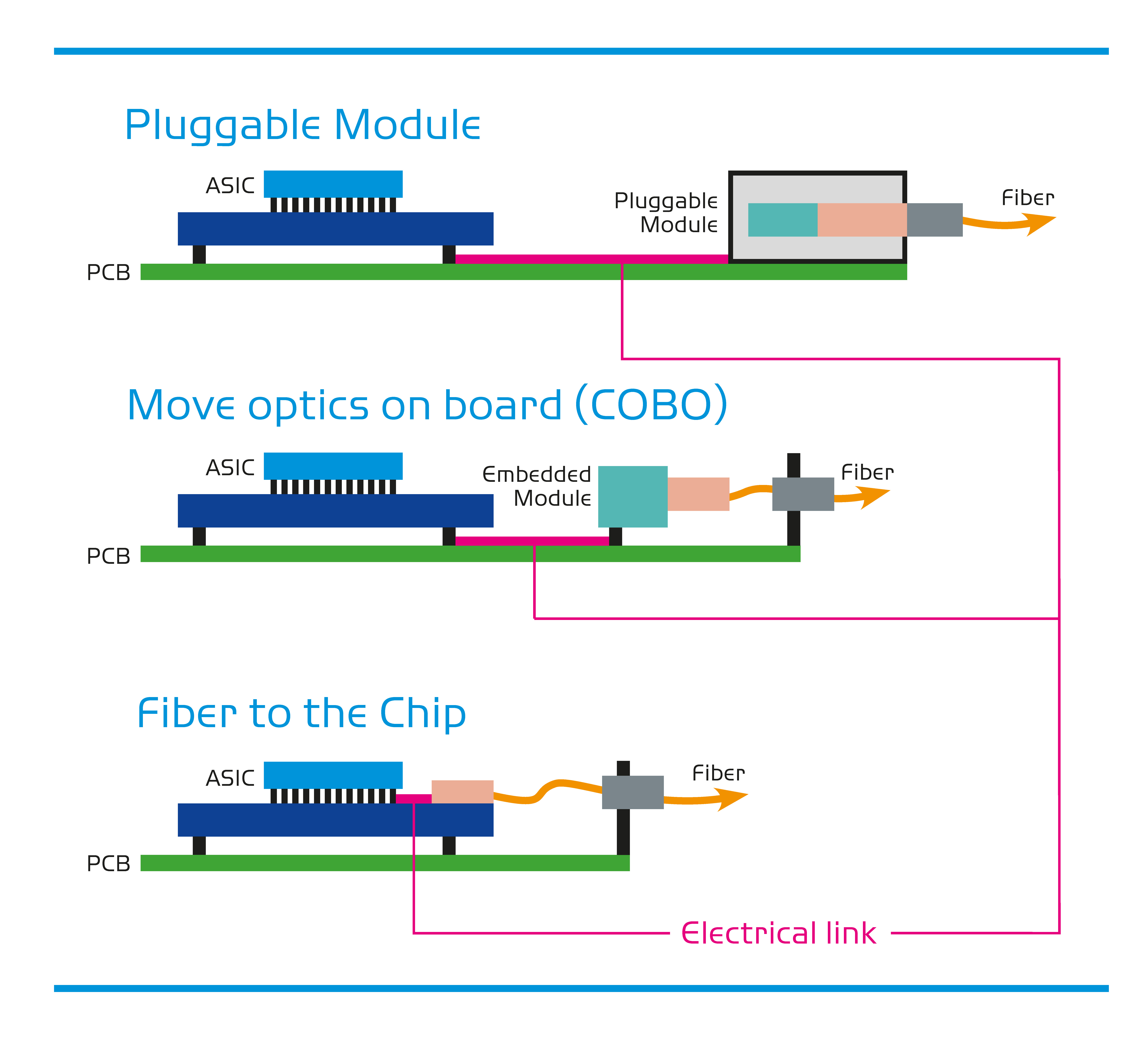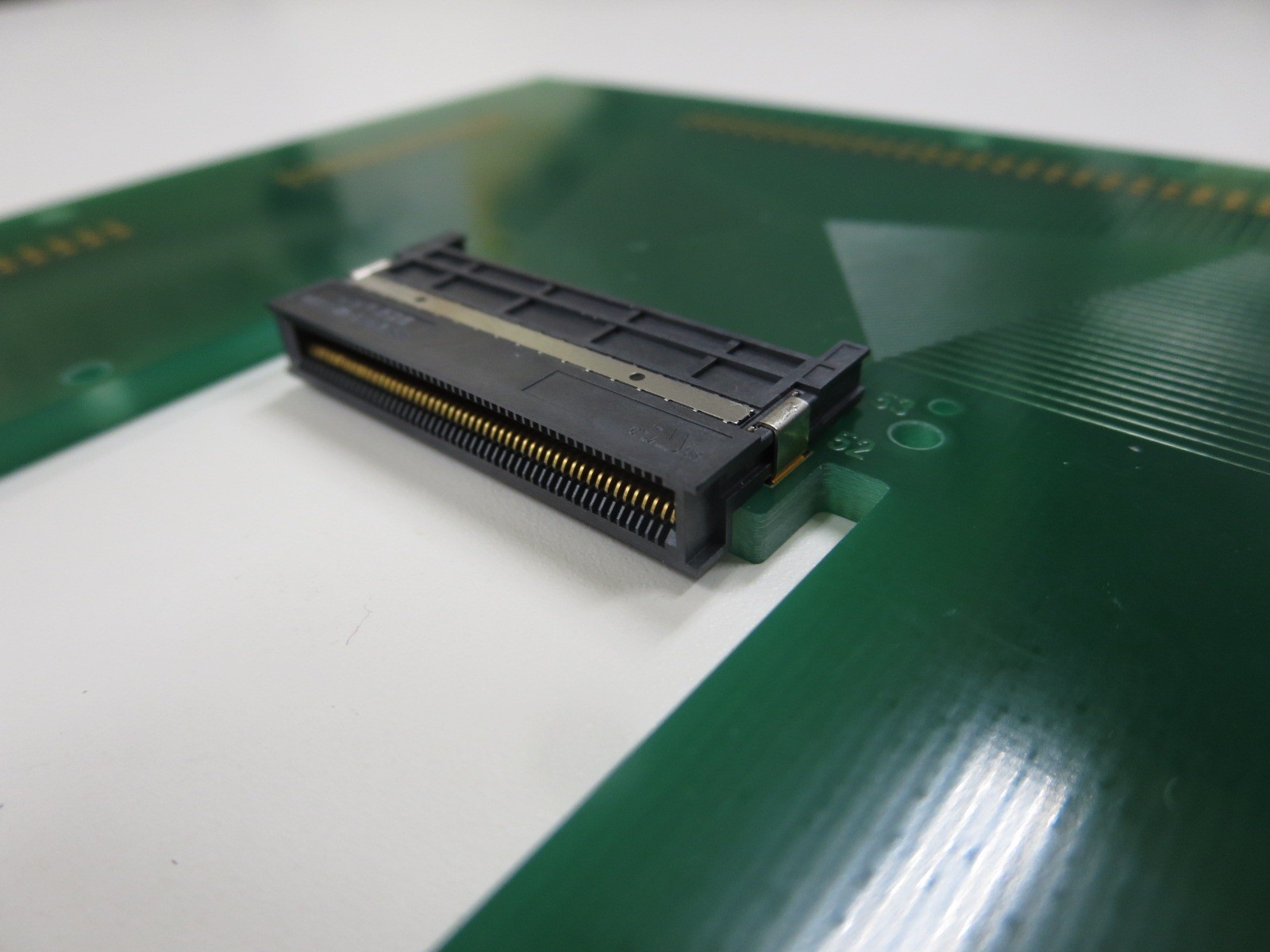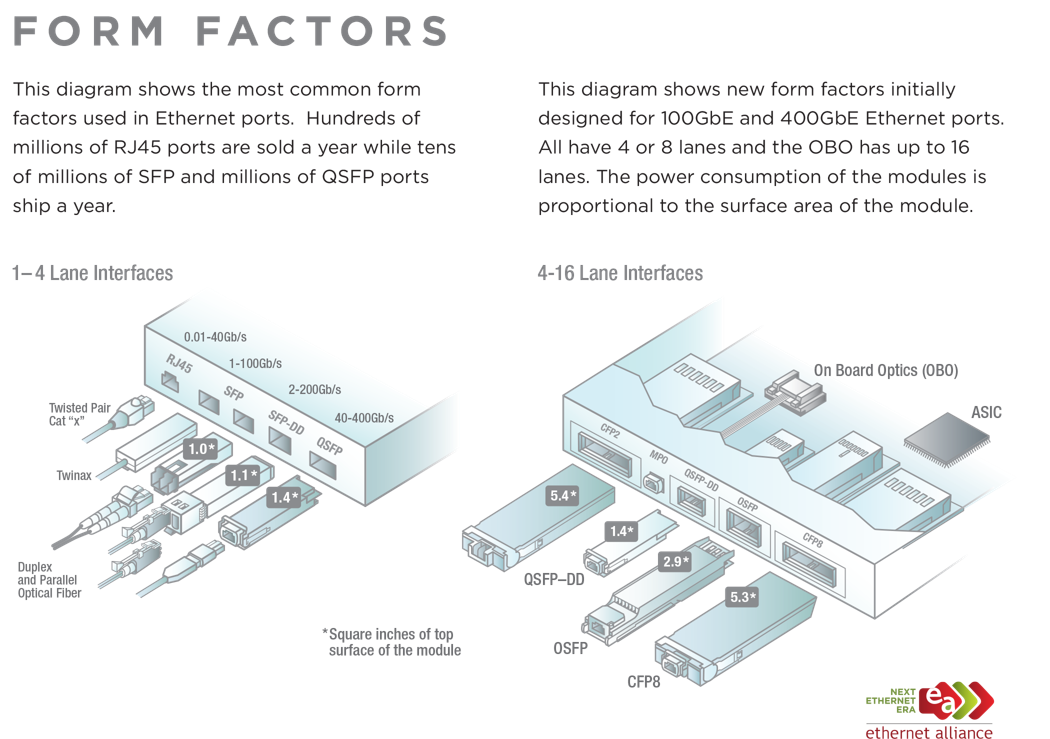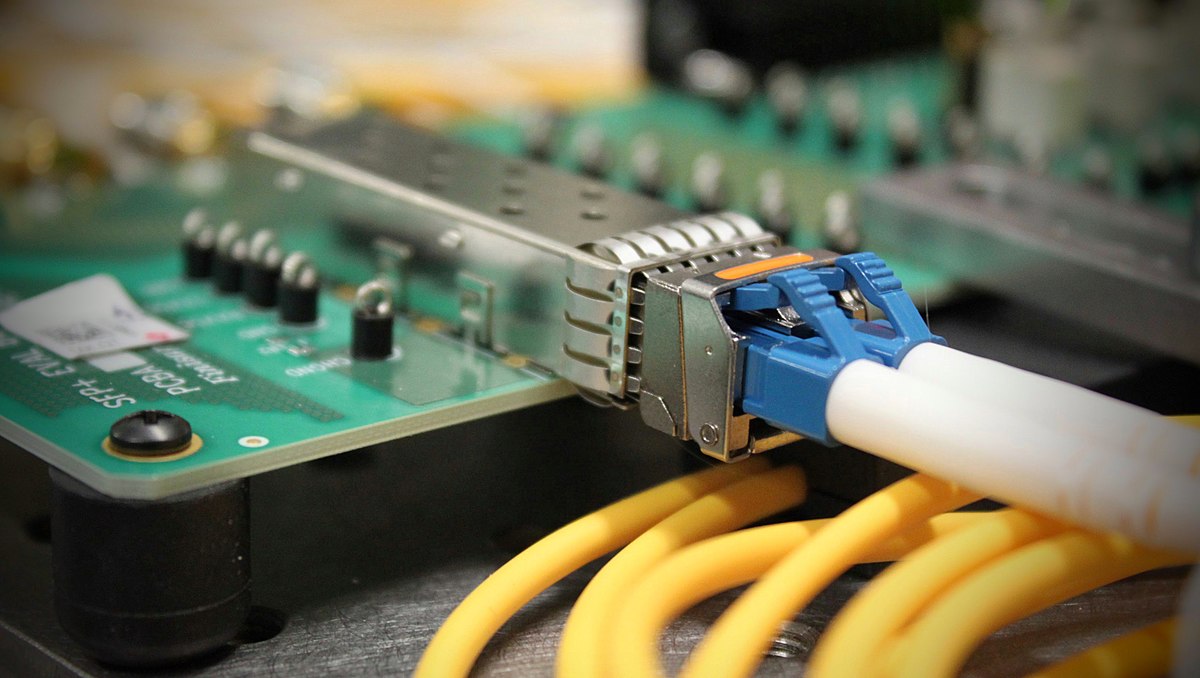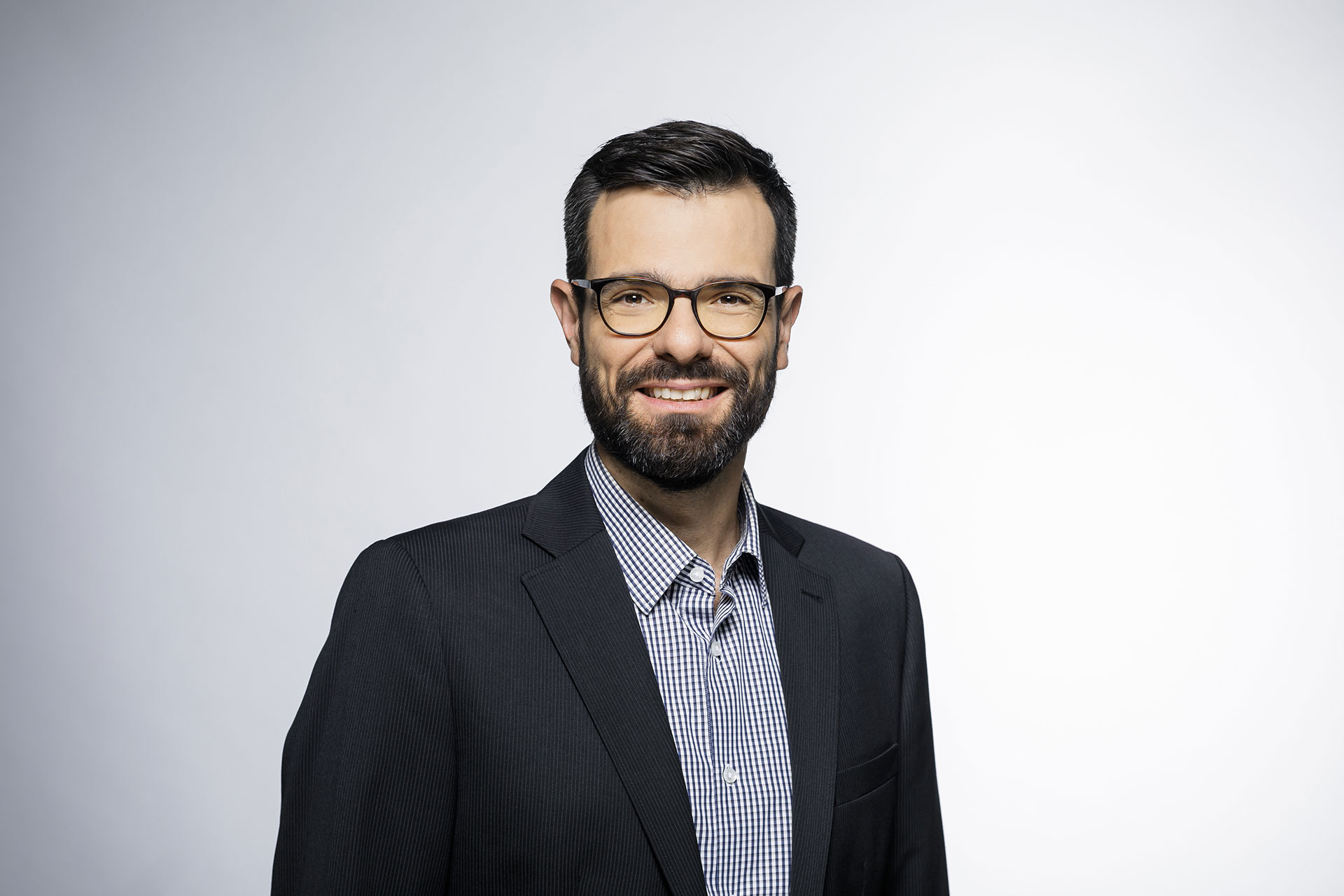No matter how far we look back, data rates have always been increasing. One of the first ‘high-speed’ modems transmitted at 14.4 kilobits per second; today, internet connections are available with 200 Mbps. One man already roughly predicted this in 1965(!): Gordon Moore, co-founder of Intel, estimated that the density of integrated circuits would double every year. This statement went down in the industry’s history as ‘Moore’s Law’. Annually increasing circuit densities, one could reason, also meant increasing data rates.
These days, which some people call the post-Moore’s Law era, the drivers for rising data rates are megatrends such as 5G mobile communications, 4K video streaming and the cloud. This brings up the pressing question of how our networks will have to be designed in order to cope with these high data rates. One – perhaps the most relevant – answer could be the next generation of fibre optic technology, ‘coherent optics’.

